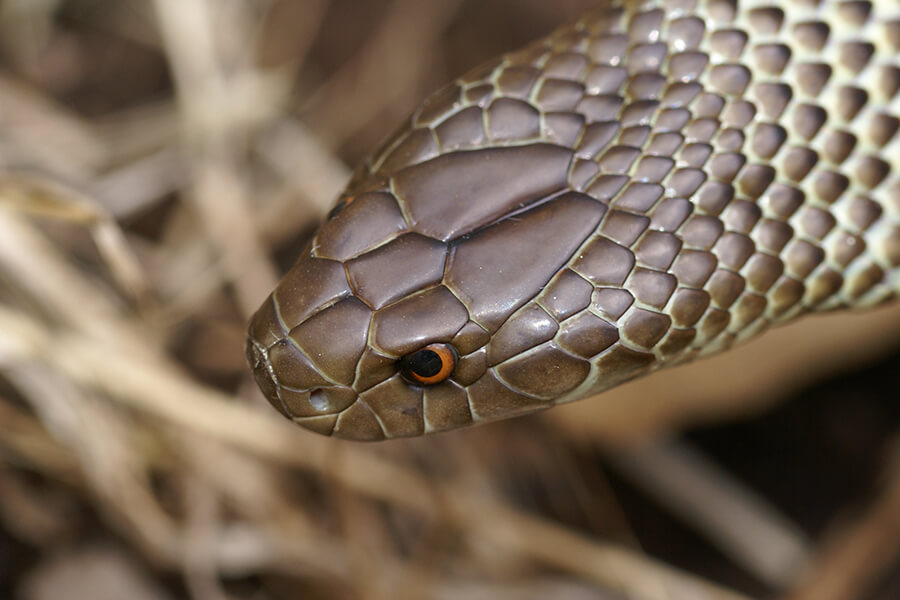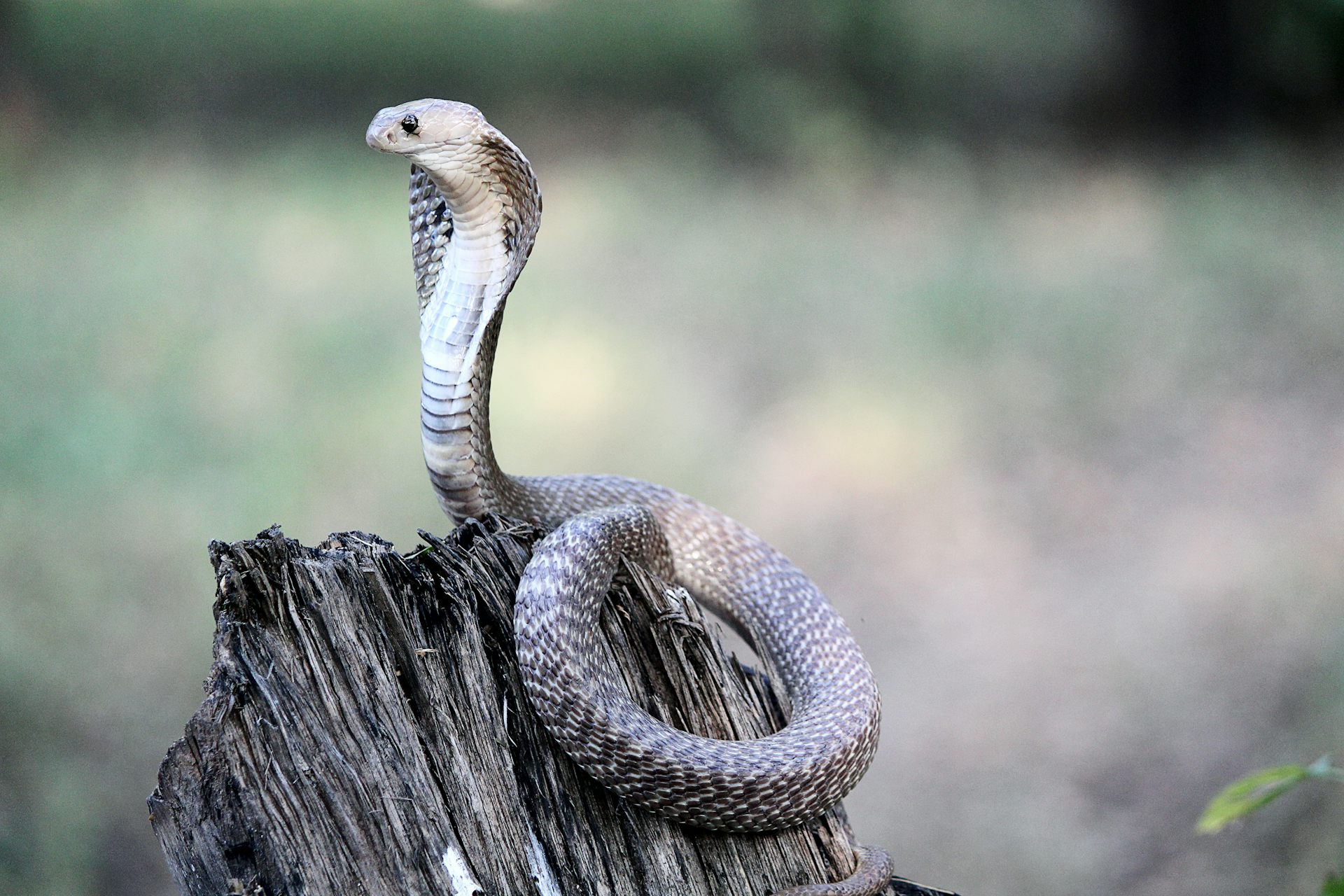Introduction
The tiger serpent is among Australia's many infamous reptiles, been afraid for its powerful poison and hostile personality. This remarkable animal plays an essential function in the ecological community, yet it often deals with misunderstandings that cause unnecessary anxiety. In this thorough article, we will look into the world of the tiger serpent, exploring its habitat, venom characteristics, and essential first aid practices in case of a snake bite.
Understanding the Tiger Serpent: Environment, Venom, and Emergency Treatment Essentials
Tiger serpents are predominantly found along the southern shoreline of Australia, including Tasmania. They prosper in various atmospheres such as wetlands, seaside regions, and even urban locations. Their flexibility makes them effective predators; however, their proximity to human environments often brings about experiences that can result in bites.
This post aims to demystify tiger snakes by discussing their habitat preferences, analyzing their poison make-up and results on humans, and providing important emergency treatment information for bites.
1. Tiger Serpent Habitat: Where Do They Live?
1.1 Summary of Tiger Serpent Distribution
Tiger serpents (Notechis scutatus) are primarily located in southern Australia and Tasmania. They occupy various communities varying from seaside marshes to freshwater lakes.
- Coastal Regions: Tiger snakes are typically spotted near shorelines where they hunt for fish and amphibians. Wetlands: These areas provide sufficient concealing spots and plentiful prey. Urban Areas: As cities increase right into natural environments, tiger snakes may be seen venturing right into country yards or parks.
1.2 Preferred Habitats of Tiger Snakes
Tiger serpents prefer moist atmospheres where water sources are easily offered. Their environments usually include:

- Marshes: The dense plant life permits them to assail victim effectively. Swamps: These areas provide shelter from predators while providing an abundant searching ground. Riversides: Water bodies attract many animals which work as food resources for these snakes.
1.3 Environmental Elements Affecting Habitat Choice
Several elements affect where tiger snakes select to live:
- Temperature: Being ectothermic (cold-blooded), they need warm environments for optimum task levels. Prey Availability: High populaces of frogs and small creatures draw in these snakes. Shelter: Thick plants offers not only as camouflage yet also as security against potential threats.
2. Are Tiger Snakes Venomous? Understanding Their Venom
2.1 Make-up of Tiger Serpent Venom
Yes! Tiger serpents are certainly venomous animals. Their poison is an intricate blend containing neurotoxins that can cause paralysis and coagulopathies impacting blood clotting mechanisms.
Key Components of Poison:
- Neurotoxins: Impact nerve function causing paralysis. Hemotoxins: Damage blood vessels triggering interior bleeding.
Understanding these parts helps us appreciate the effectiveness of a tiger serpent bite.
2.2 Impacts of a Tiger Snake Bite on Humans
A bite from a tiger serpent can result in extreme symptoms:
- Local Signs and symptoms: Pain, swelling, and discoloration at the bite site. Systemic Signs and symptoms: Queasiness, throwing up, trouble taking a breath due to paralysis or tightness of airways.
Severity Levels
Minor Bite: Localized pain without systemic symptoms. Moderate Bite: Systemic signs however manageable with clinical care. Severe Bite: Lethal; needs immediate medical intervention.3. Identifying Different Types of Tiger Snakes
3.1 Eastern vs Tasmanian Tiger Snakes
There are two main classifications based upon geographical distribution:
Eastern Tiger Serpent (Notechis scutatus)
Found along eastern coasts as much as Queensland.
Tasmanian Tiger Snake (Notechis scutatus)
Differences between Australian taipans and brown snakesAdapted specifically to Tasmania's special environment with somewhat varying pigmentation patterns.
3.2 Shade Variants in Habitat Preferences
Tiger snakes exhibit substantial shade variations depending on their environment:
- Coastal populaces frequently present stripes or blotches for better camouflage versus sandy shores.
4. Habits Patterns of Tiger Snakes
4.1 Hostility Level
Tiger snakes are recognized for their hostile actions when intimidated or caught which can lead to defensive strikes if provoked.
4.2 Hunting Techniques
They possess impressive agility permitting them to strike quickly at target such as frogs or tiny rats mostly during golden hours when they're most active-- making them nocturnal hunters!
5. First Aid for Snake Bites: Vital Actions You Have To Know
When it concerns taking care of snake attacks, understanding is vital!

5.1 Immediate Actions After a Bite
If bitten by a tiger snake:
Stay calmness! Panic raises heart rate which spreads out poison quicker with your bloodstream.
Apply stress around the injury using clean fabrics-- avoid cutting or drawing out venom!
Remove tight clothing/jewelry near the bite website; swelling might occur rapidly.
Immobilize the impacted arm or leg utilizing splints if possible-- this restricts motion assisting decrease venom spread!
5.2 Obtaining Medical Help
Seek emergency medical aid promptly! Time is important when taking care of prospective envenomation from tiger snakes!
5.3 Emergency treatment Set Essentials for Snake Bites
Having a well-equipped first aid kit can make all the distinction throughout emergencies:
|Product|Summary|| ------|-------------|| Pressure Plaster|Helps immobilize wound|| Sterilized Gauze|For dressing wounds|| Emergency Contact Information|Quick gain access to Emergency treatment numbers|| Antivenom Info|Understanding about local antivenoms|
6 Frequently asked questions About Tiger Snakes
Q1: Are all tiger snakes dangerous?
A: While all have poisonous abilities impacting people significantly-- most favor evasion unless threatened!
Q2: Exactly how promptly does tiger serpent poison impact humans?
A: Symptoms might materialize within minutes depending on place & & amount infused during envenomation events!
Q3: Can you make it through a tiger snake bite without treatment?

Q4: What should I do if I experience one?
A: Maintain range & & back away slowly; prevent abrupt motions that may provoke aggression!
Q5: Exactly how common are attacks from tiger snakes?
A: Although experiences happen often-- real bites remain reasonably unusual due mostly due precautionary steps taken by citizens living within affected ranges.
Q6: Exists an antidote available?
A: Yes! Antivenoms certain for Australian varieties exist-- clinical centers lug these medications all set when required quickly post-bite incidents!
7 Conclusion
Understanding the details surrounding "Comprehending the Tiger Snake: Environment, Poison, and Emergency Treatment Basics" is extremely important not only for personal safety however likewise fostering conjunction with these exceptional animals populating Australia's landscape! By discovering more about their habits & & efficient feedback strategies concerning prospective encounters-- we outfit ourselves better against unneeded fears while valuing nature's variety fully! So allow's Australian snake habitats accept education instead are afraid-- it leads towards harmony between humankind wildlife alike!